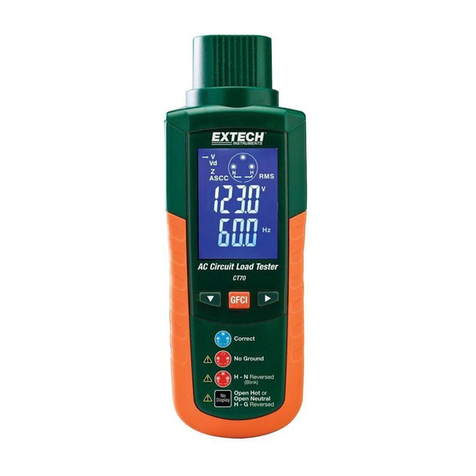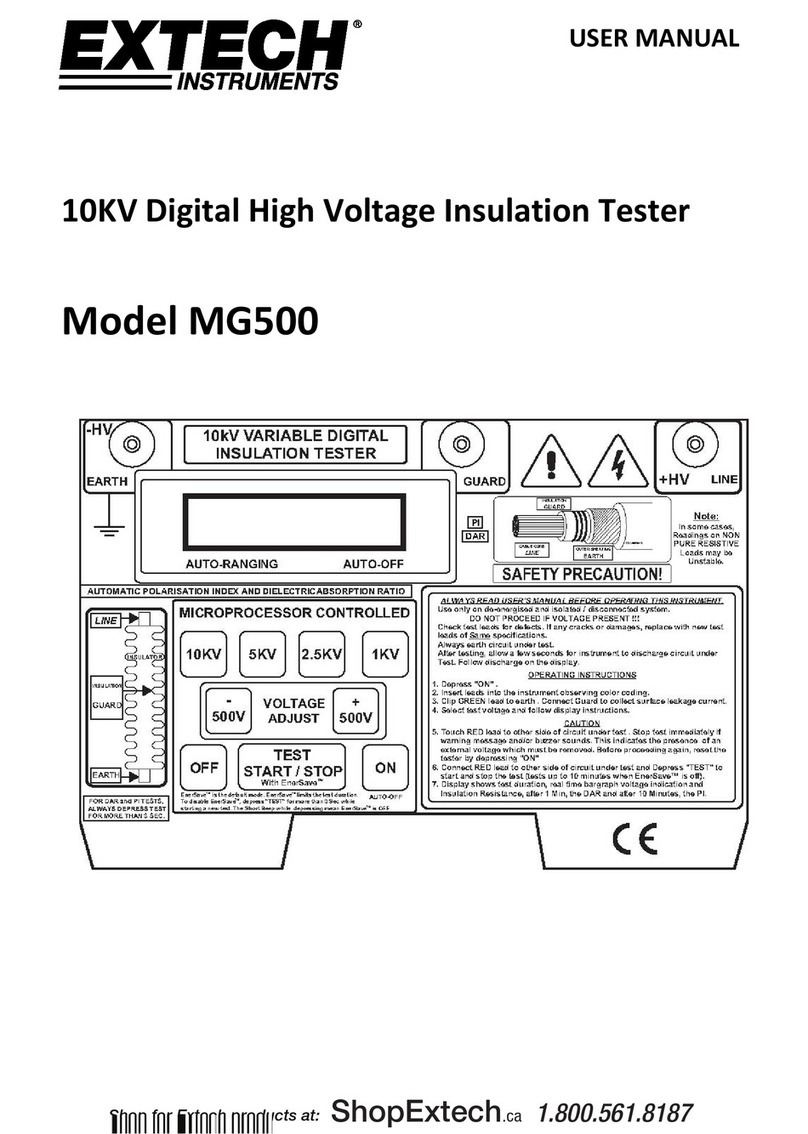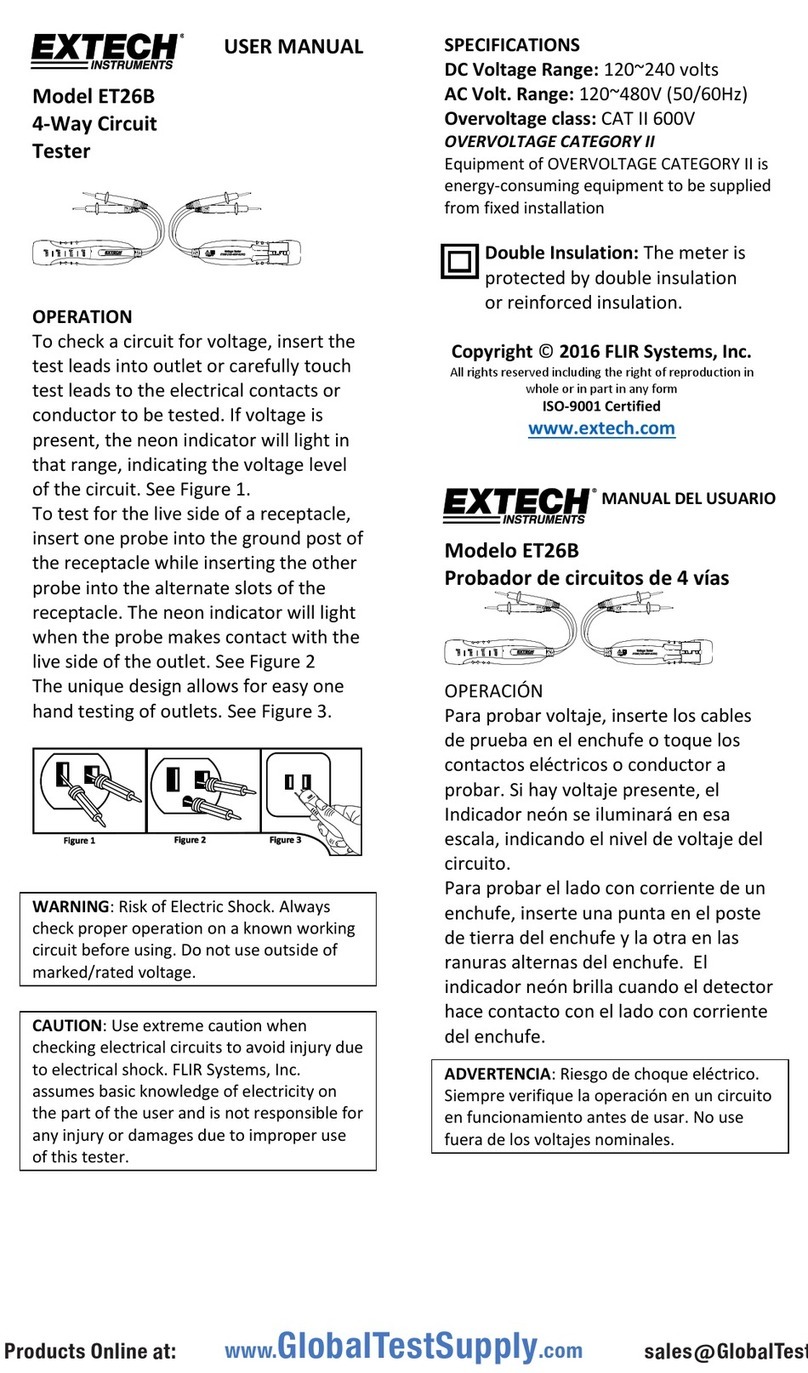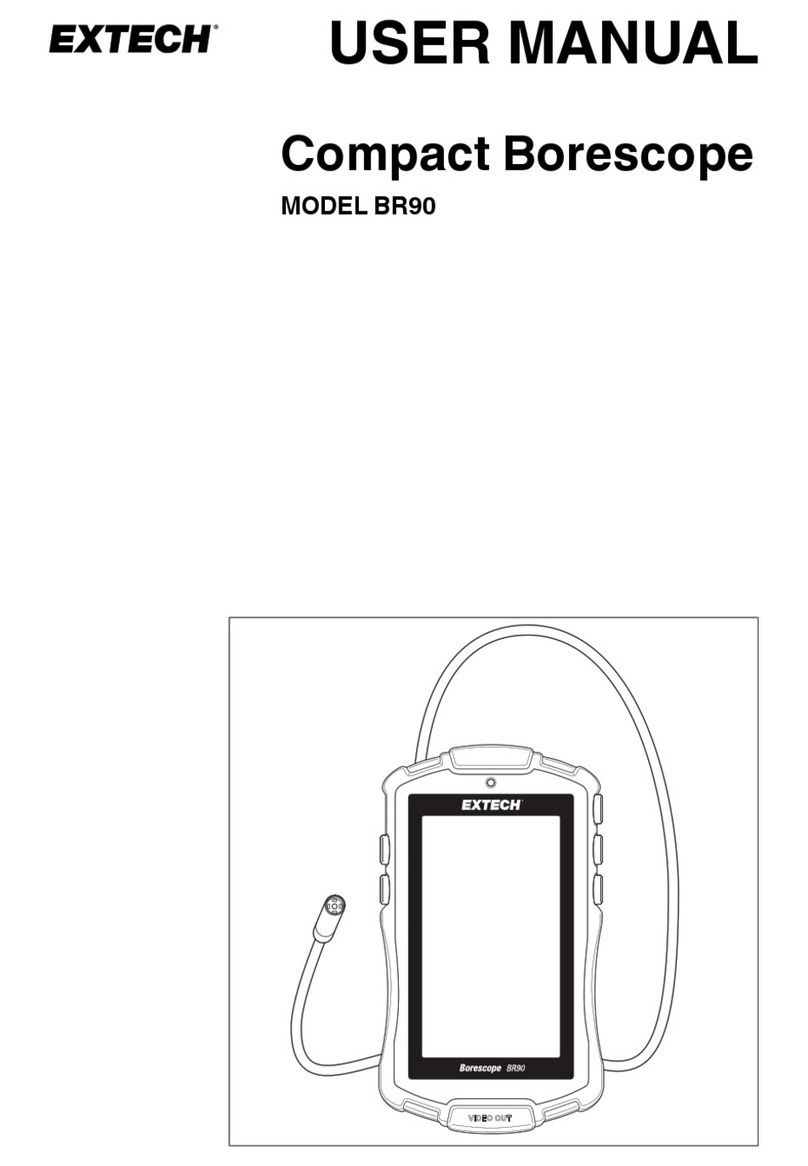Extech Instruments PRC50 User manual
Other Extech Instruments Test Equipment manuals
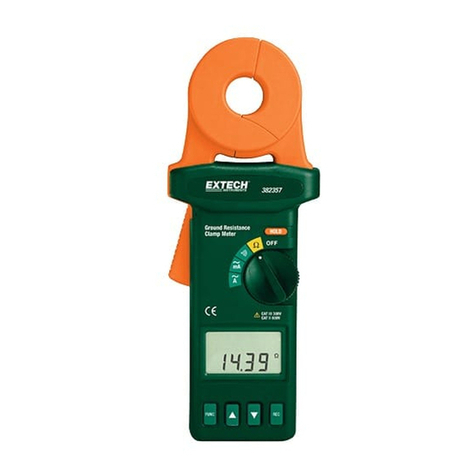
Extech Instruments
Extech Instruments 382357 User manual
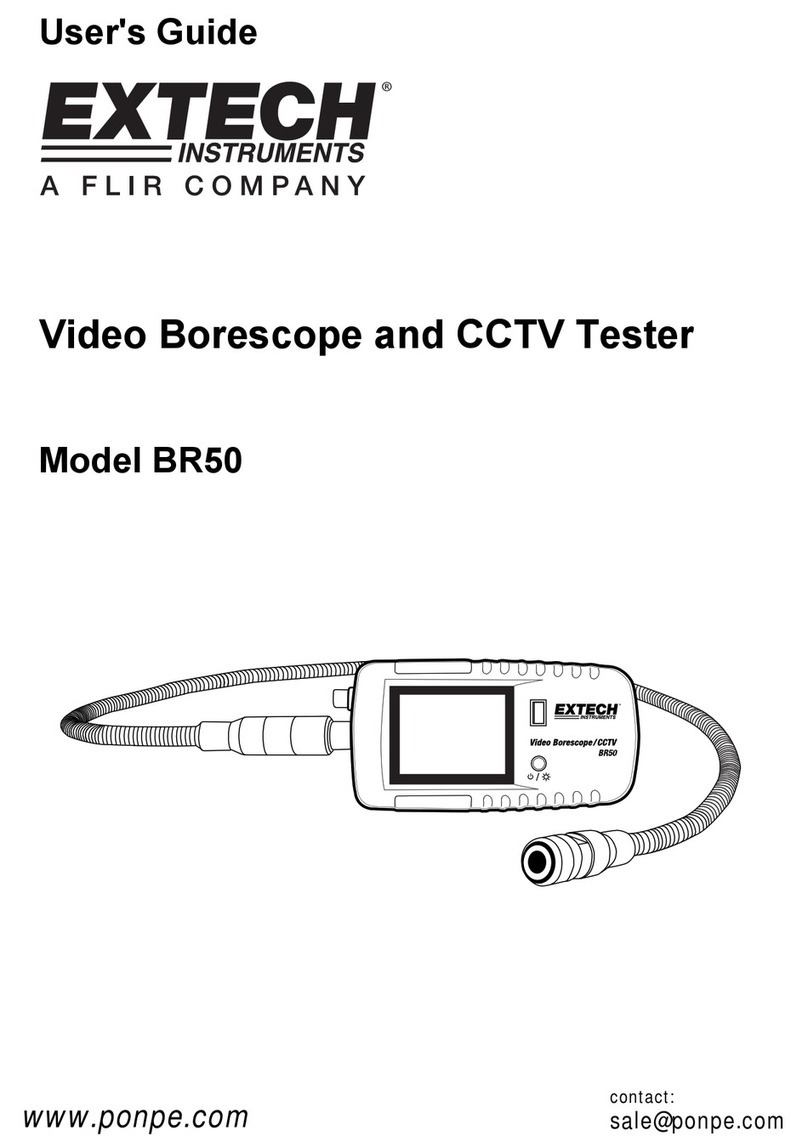
Extech Instruments
Extech Instruments BR50 User manual
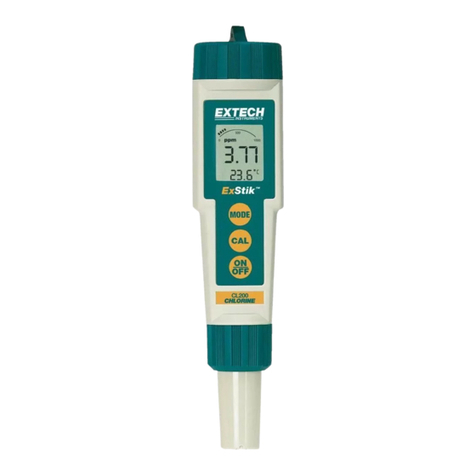
Extech Instruments
Extech Instruments ExStik CL200 User manual
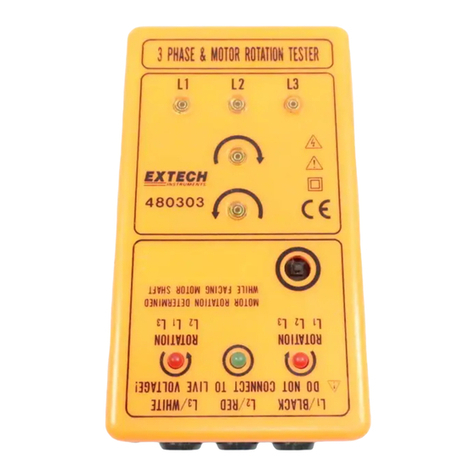
Extech Instruments
Extech Instruments 480303 User manual
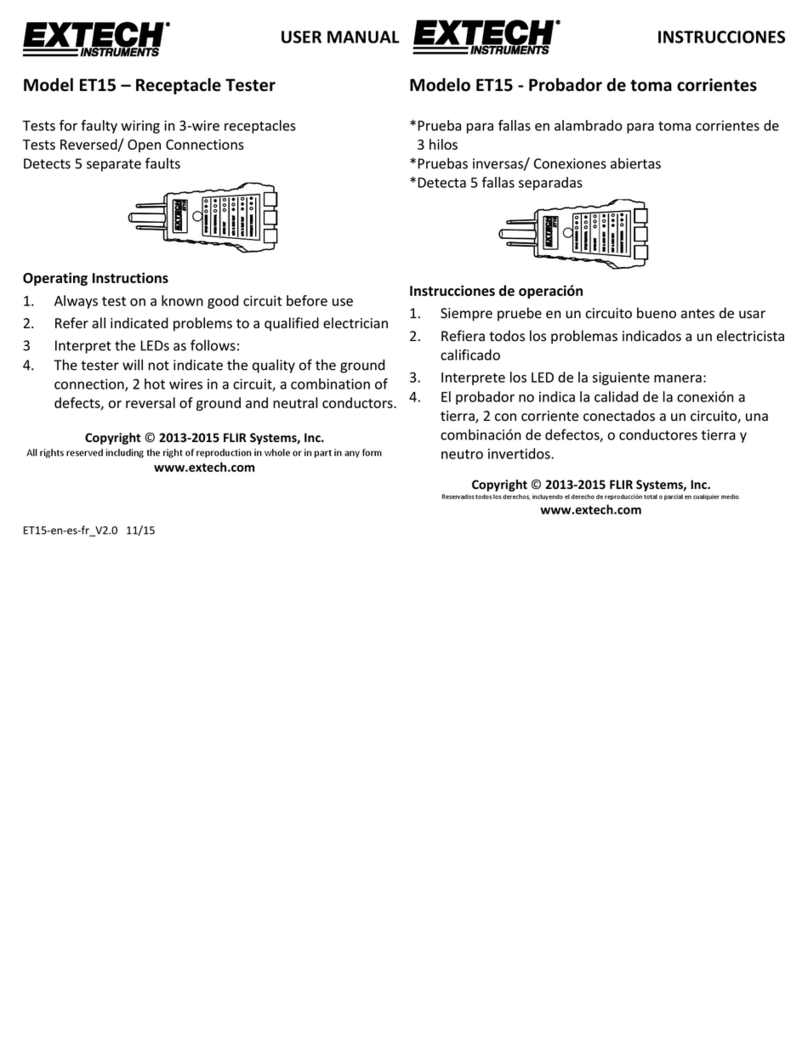
Extech Instruments
Extech Instruments ET15 User manual
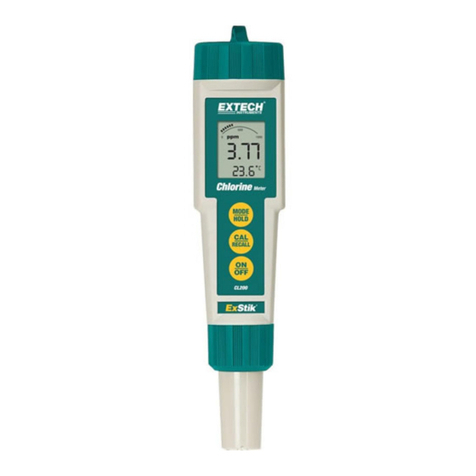
Extech Instruments
Extech Instruments ExStik CL200 User manual
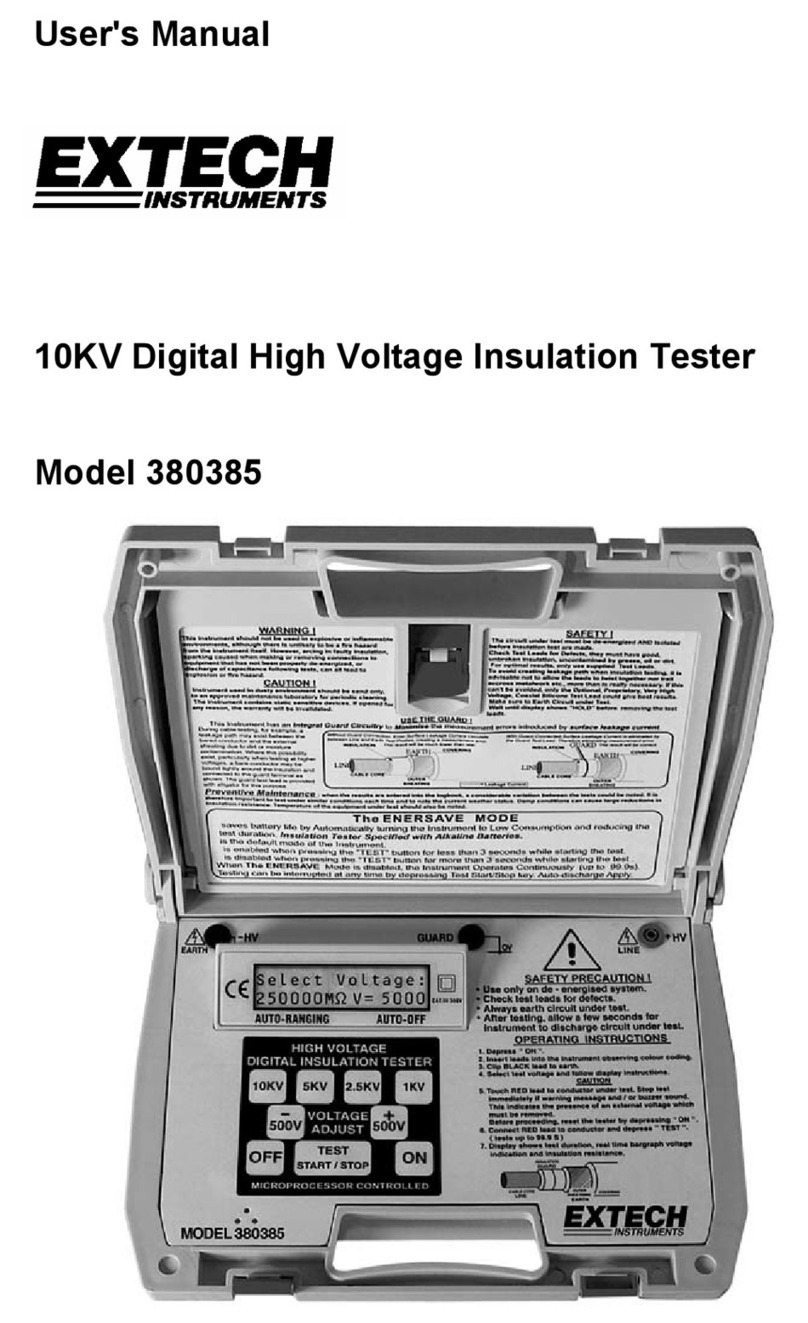
Extech Instruments
Extech Instruments 380385 User manual
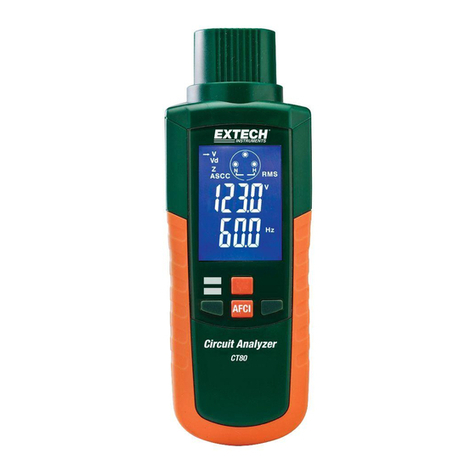
Extech Instruments
Extech Instruments CT80 User manual
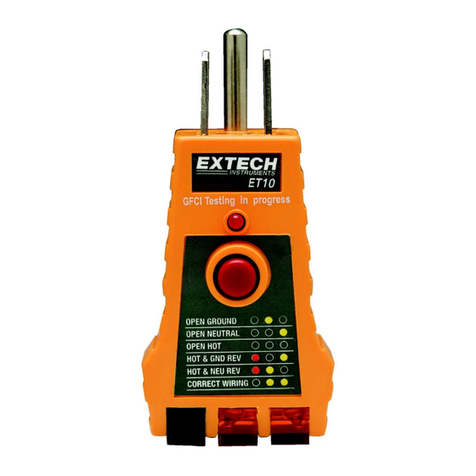
Extech Instruments
Extech Instruments ET10 User manual
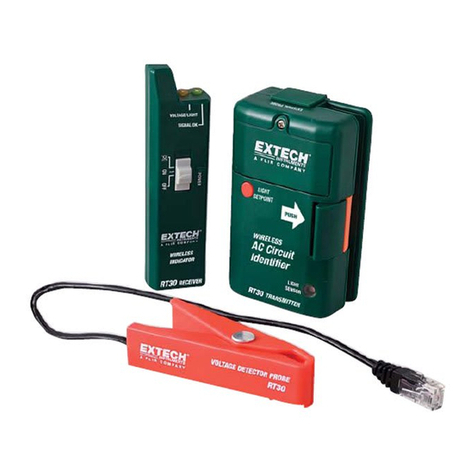
Extech Instruments
Extech Instruments RT30 User manual
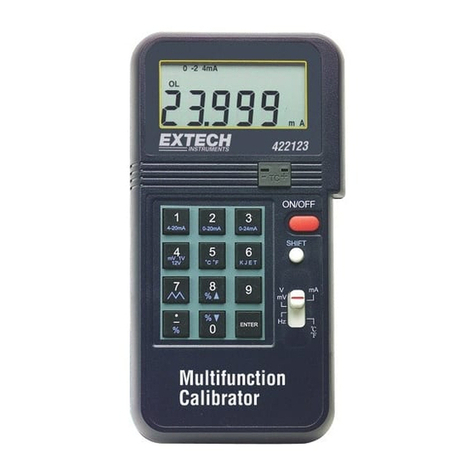
Extech Instruments
Extech Instruments 422123 User manual
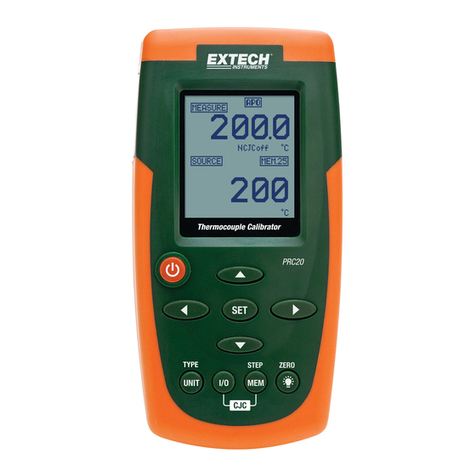
Extech Instruments
Extech Instruments prc20 User manual
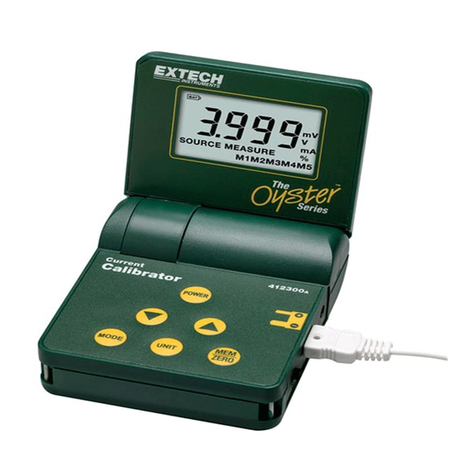
Extech Instruments
Extech Instruments 412300A User manual
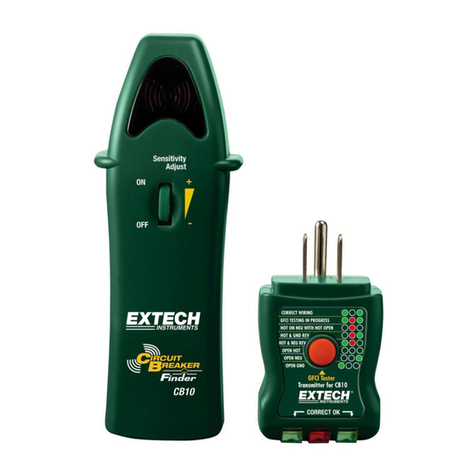
Extech Instruments
Extech Instruments CB10 User manual
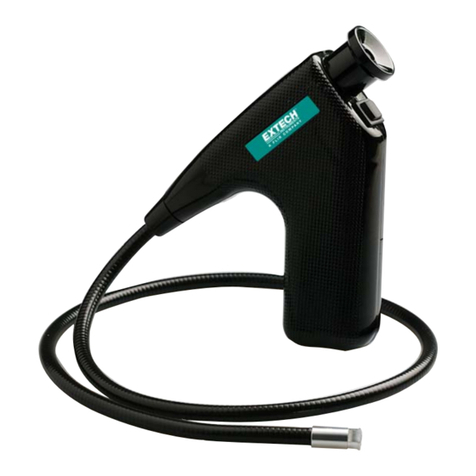
Extech Instruments
Extech Instruments BR146 User manual
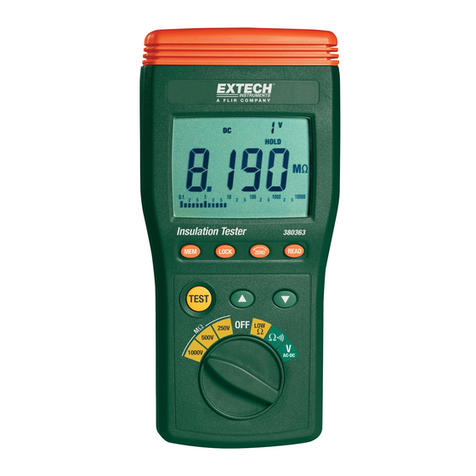
Extech Instruments
Extech Instruments 380363 User manual
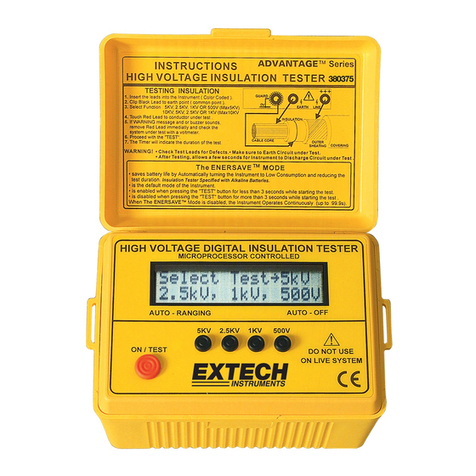
Extech Instruments
Extech Instruments 380375 User manual
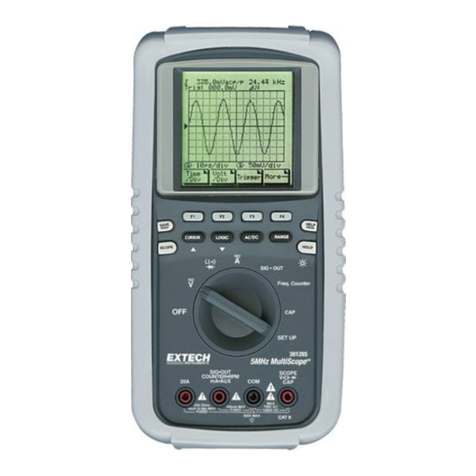
Extech Instruments
Extech Instruments 381285 User manual
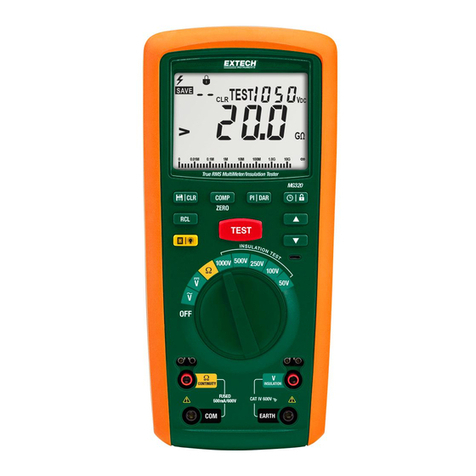
Extech Instruments
Extech Instruments MG320 User manual
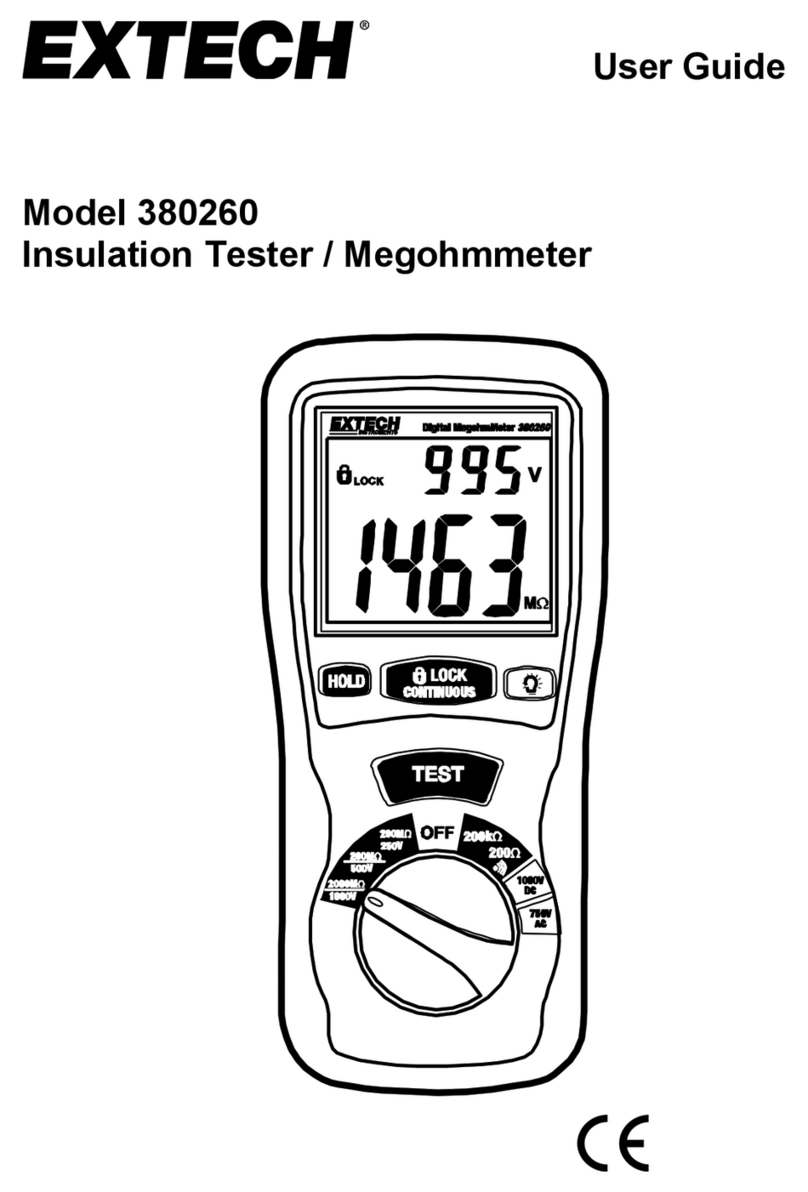
Extech Instruments
Extech Instruments 380260-NIST User manual
Popular Test Equipment manuals by other brands

Redtech
Redtech TRAILERteck T05 user manual

Venmar
Venmar AVS Constructo 1.0 HRV user guide

Test Instrument Solutions
Test Instrument Solutions SafetyPAT operating manual

Hanna Instruments
Hanna Instruments HI 38078 instruction manual

Kistler
Kistler 5495C Series instruction manual

Waygate Technologies
Waygate Technologies DM5E Basic quick start guide

StoneL
StoneL DeviceNet CK464002A manual

Seica
Seica RAPID 220 Site preparation guide

Kingfisher
Kingfisher KI7400 Series Training manual

Kurth Electronic
Kurth Electronic CCTS-03 operating manual

SMART
SMART KANAAD SBT XTREME 3G Series user manual

Agilent Technologies
Agilent Technologies BERT Serial Getting started
